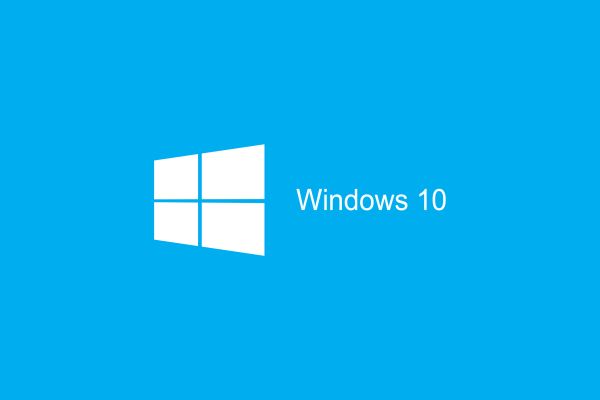Published on the 30/07/2015 | Written by Donovan Jackson

Implied annuity payments won’t happen with this iteration, but what comes next?…
The release of Windows 10 marks the introduction of the operating system as a service and, while individual users can upgrade their Windows 7 and 8 devices at no immediate cost, the old adage about free lunches should be borne in mind.
Described (by Microsoft) as the best and most secure Windows ever, in a statement the vendor said the operating system is ‘unlike any previous version as it is delivered as a service, and automatically updated with innovations and security updates via online download’.
Frazer Scott, marketing and operations director for Microsoft NZ, said upgrading is easy for New Zealanders running genuine Windows 7 or 8.1 on their PC or tablet. “Kiwis who have reserved their upgrade will be notified when their upgrade is ready to be installed. The free upgrade offer will be available for a year from today for qualified and genuine Windows 7, 8 or 8.1 devices.”
How long Windows 10 (or its replacement, which evidently will be named ‘Windows’) will remain free, however, remains to be seen. Software as a service generally comes with annuity payments. Windows 10 is likely laying the foundations for everyone with a Windows PC to pay Microsoft a few shekels for every machine they are running, to keep it up to date. There is, after all, no such thing as a free lunch, particularly not from Microsoft.
Forbes’ Gordon Kelly makes this clear, providing something of a caveat for Windows 7 and 8 users who tempted by the ‘free’ schtick. This upgrade might not cost anything, but the subsequent one almost certainly will – and, as is familiar with SaaS, it is likely to be an ongoing subscription fee, in much the same way that Microsoft’s Office has morphed into Office 365. However, Kelly also notes that those choosing to stay with ‘free’ Windows 10, and not upgrading to its replacement Windows, when that arrives, will indeed have a ‘free’ upgrade. There will be a necessity to put up with Redmond’s latest sales tool, though – ‘nagware’, familiar today as that impossible-to-remove Windows icon on the taskbar.
Scott said New Zealand has around two million PCs and devices running Windows 7 and 8, most of which can upgrade as of now.
Windows 10 is designed to work across PCs, tablets, phones, Raspberry Pi, Xbox One, HoloLens and more.



























